Last week, we looked at how to access Wi-Fi on Air Canada flights. Meanwhile, Canada’s second-largest air carrier, WestJet, also offers internet access aboard many of its flights.
Let’s take a look at how to access and obtain Wi-Fi when you’re flying with WestJet.
Does My WestJet Flight Have Wi-Fi?
As with most airlines that offer Wi-Fi, it’s only available on select WestJet aircraft. When planning out your trip, you’ll want to ascertain whether or not your desired flight has Wi-Fi if staying connected in the skies is important to you.
All you need to do is search for a flight on WestJet’s website and look for the Wi-Fi logo in the search results.

If you have connecting flights, click on “Flight details” to see the breakdown of which flights on your itinerary offer Wi-Fi.
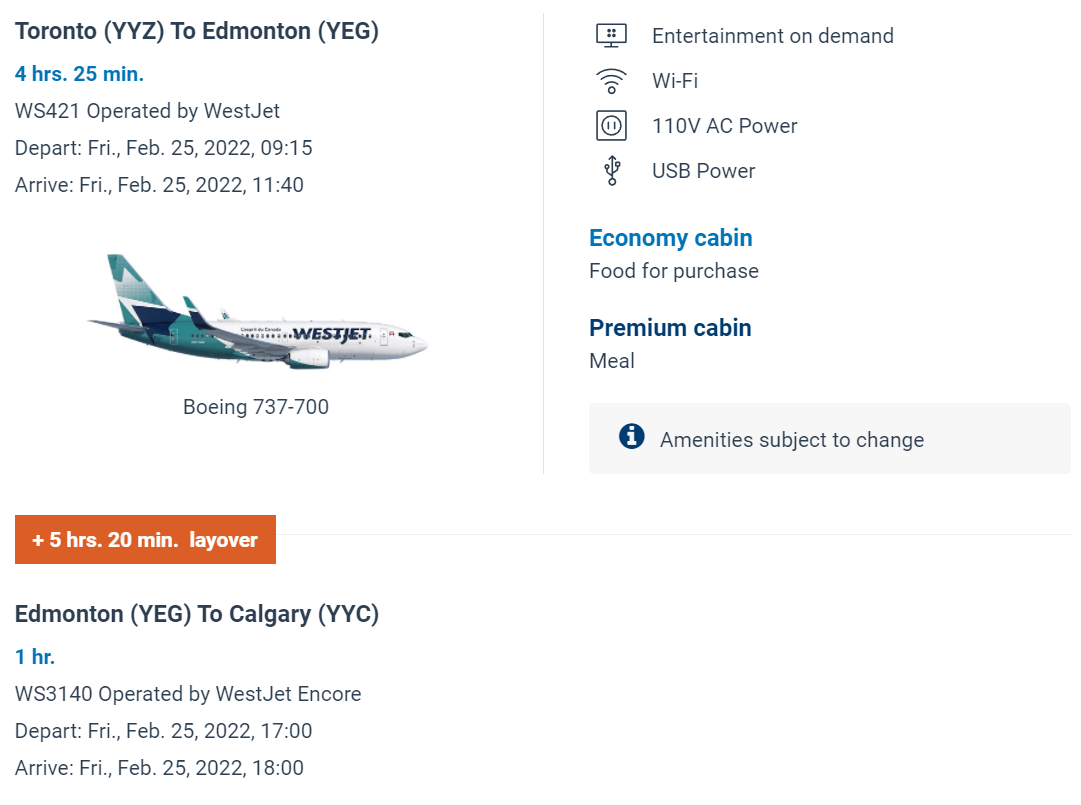
In the above example, Wi-Fi is offered on the flight from Toronto to Edmonton, but not on the flight from Edmonton to Calgary.
WestJet has equipped many of its aircraft with Wi-Fi capability. This includes its fleet of Boeing 787 Dreamliners, Boeing 737 MAX, Boeing 737-700, and Boeing 737-800 aircraft.
Onboard internet is provided by Boingo, a Los Angeles-based service provider. In addition to providing in-flight Wi-Fi for a wide range of airlines, Boingo also has over a million internet hotspots around the world.
To connect to WestJet’s Wi-Fi once the plane has reached cruising altitude, search for available networks and either open the WestJet app or enter westjetconnect.com in your browser. From there, you can select an access plan that suits your needs.
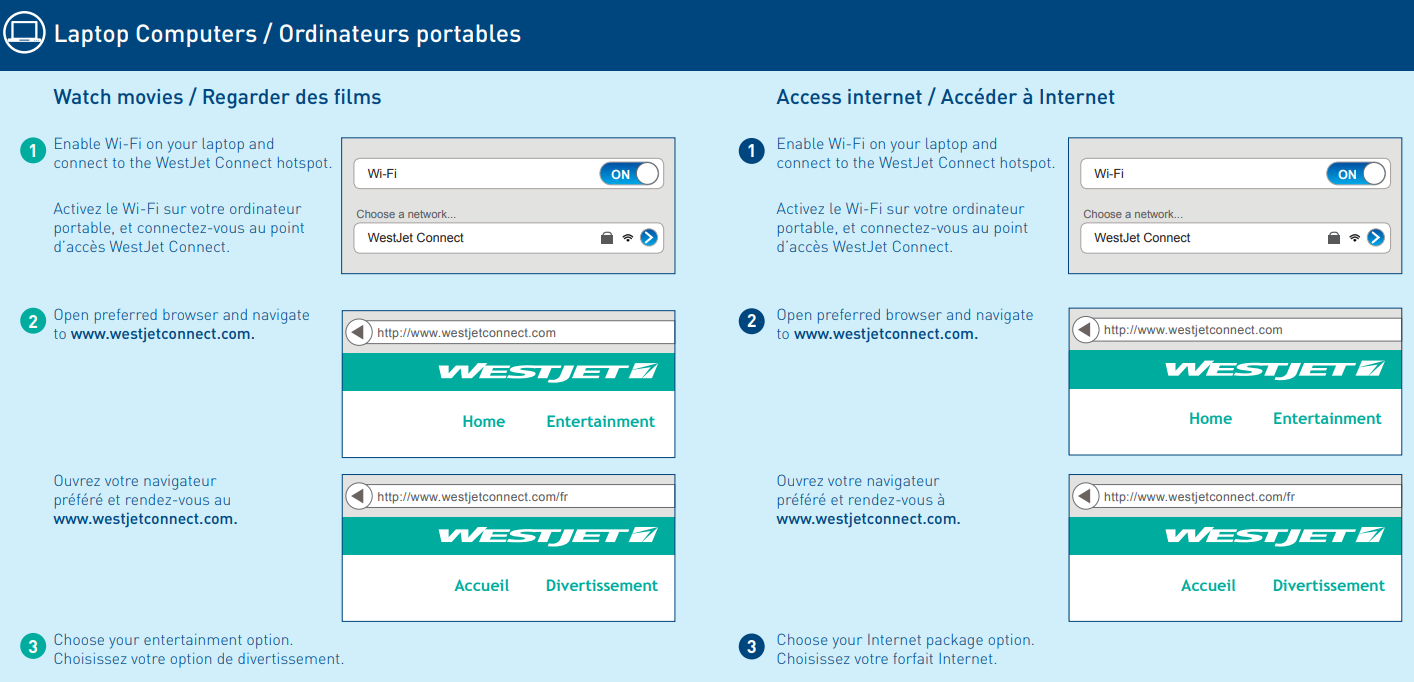
How Much Does WestJet Wi-Fi Cost?
What sets WestJet’s Wi-Fi apart from Air Canada’s is the ease with which you can get free or cheap Wi-Fi on flights.
If you have a WestJet RBC World Elite Mastercard, you can enjoy free Boingo Wi-Fi on flights and at any of their hotspots worldwide.
All you need to do is register your card number and set up a Boingo account before you fly, and you’re set.
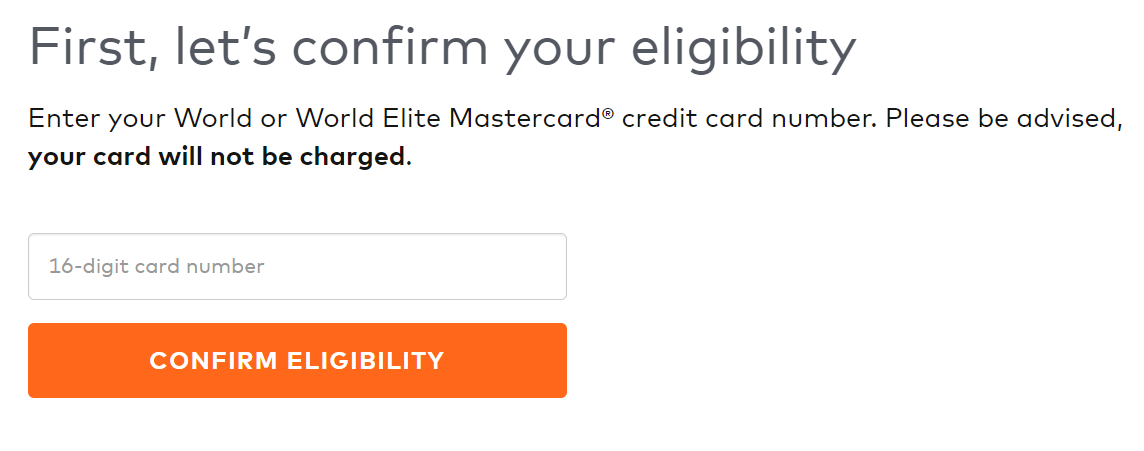
Considering that the annual fee on this card is only $119, it’s a small price to pay for unlimited Wi-Fi if you tend to fly with WestJet.
For comparison, a monthly Wi-Fi pass with Air Canada costs $65.95, so in terms of cost, WestJet is clearly the more affordable option here.
If annual fees aren’t your thing, though, there is an even cheaper way to get access to Wi-Fi with the Brim Mastercard.
One of the perks of this no-fee card is that it, too, gives you unlimited Boingo internet worldwide.

The actual plan that you get is the Boingo Global Wi-Fi plan, which would otherwise cost US$14.99 per month if you were to purchase it separately. You can access Wi-Fi on up to four devices with this plan.
As free Wi-Fi is a perk that’s usually reserved for higher-tier credit cards, it’s great to see a no-fee card offering this benefit.
Similar to the WestJet RBC World Elite, you’ll need to register your card on Brim’s portal on the Boingo website, create a Boingo account, and then download the Boingo app to find a hotspot. It’s that simple.
If you don’t have either of the above cards, it’s worth inputting your Mastercard number in the portal to check for eligibility. Many other Canadian-issued World Elite Mastercards, like the HSBC World Elite Mastercard, are also eligible for free Boingo Wi-Fi, so it’s best to give it a try.
If the credit card options aren’t of interest to you, then you can of course pay-per-use each time you fly. There are several options to choose from, including specified amounts of time, the entire flight, or for a 24-hour period.
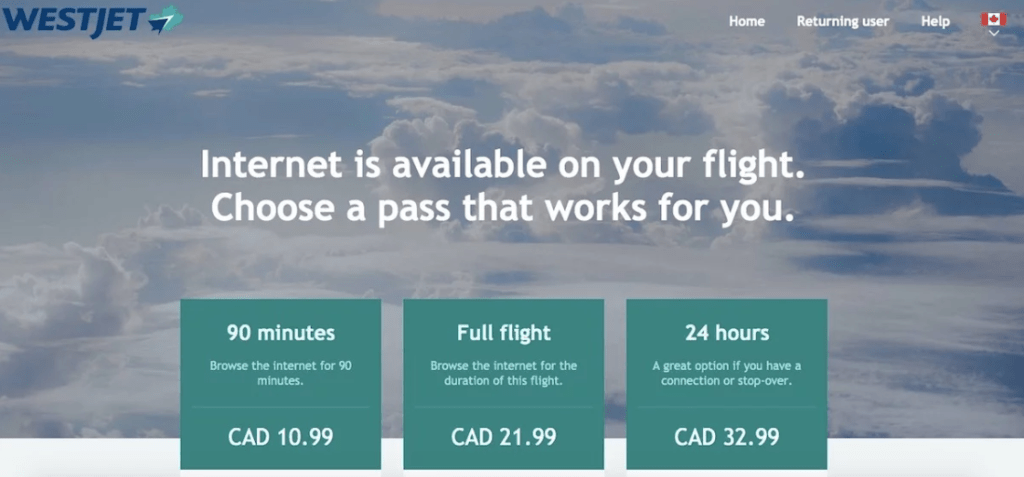
The cost varies depending on the length of the flight and your destination.
Seeing as a 24-hour pass costs $32.99, it would make more sense (and save you quite a few cents) to obtain complimentary Wi-Fi access with an eligible Mastercard instead.
While it isn’t usually hard to free Wi-Fi across the world, having access to all of Boingo’s hotspots is convenient, especially when travelling without access to cellular data.
How Good Is WestJet Wi-Fi?
Personally, I haven’t flown with WestJet in years, so I don’t have any recent experience with their onboard Wi-Fi product.
Ricky mentions that his recent Wi-Fi experience onboard a WestJet 787 business class flight was similar to the Wi-Fi that’s offered on most planes, in that it’s sufficient for emails, browsing, and social media, but it wasn’t great for data-heavy uses like video streaming.
If you’ve also recently used WestJet’s Wi-Fi, feel free to let us know how it is in the comment section below.
Conclusion
WestJet offers Wi-Fi onboard many of its aircraft, helping you stay connected when you’re in the skies.
It’s refreshing to see how free or cheap Wi-Fi is available as a credit card perk, whether that’s with the co-branded WestJet RBC World Elite Mastercard or with many other Canadian-issued Mastercard products, including the HSBC World Elite Mastercard or the no-fee Brim Mastercard.
Plus, if you have a credit card that offers complimentary Boingo plans, you’ll also have internet access with other airlines who use Boingo as their service provider as well.
I’d love to see this become common with all airlines, including Air Canada’s Wi-Fi as a potential benefit on the Aeroplan credit cards.






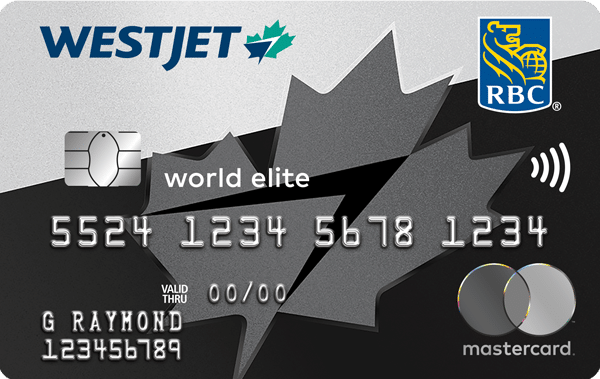
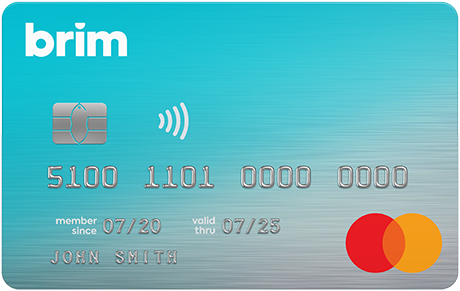













This from Boingo today:
Hi,
We are pleased to advise of some upcoming enhancements to your Boingo Wi-Fi for Mastercard® Cardholders benefit, so we are working with Mastercard to make it easier than ever.
On March 9, 2023, cardholders eligible for Inflight Wi-Fi will be able to connect 12 times per calendar year for 90 minutes per session. This change does not limit the amount of data or sessions that can be consumed during each flight.
Your benefit at land based wi-fi hotspots remain unchanged. No passes are required to use land wi-fi hotspots; you can continue to enjoy your membership even when your passes are depleted.
What do I have to do to take advantage of this improvement?”
I ask, how can this in any way be considered “an improvement “?